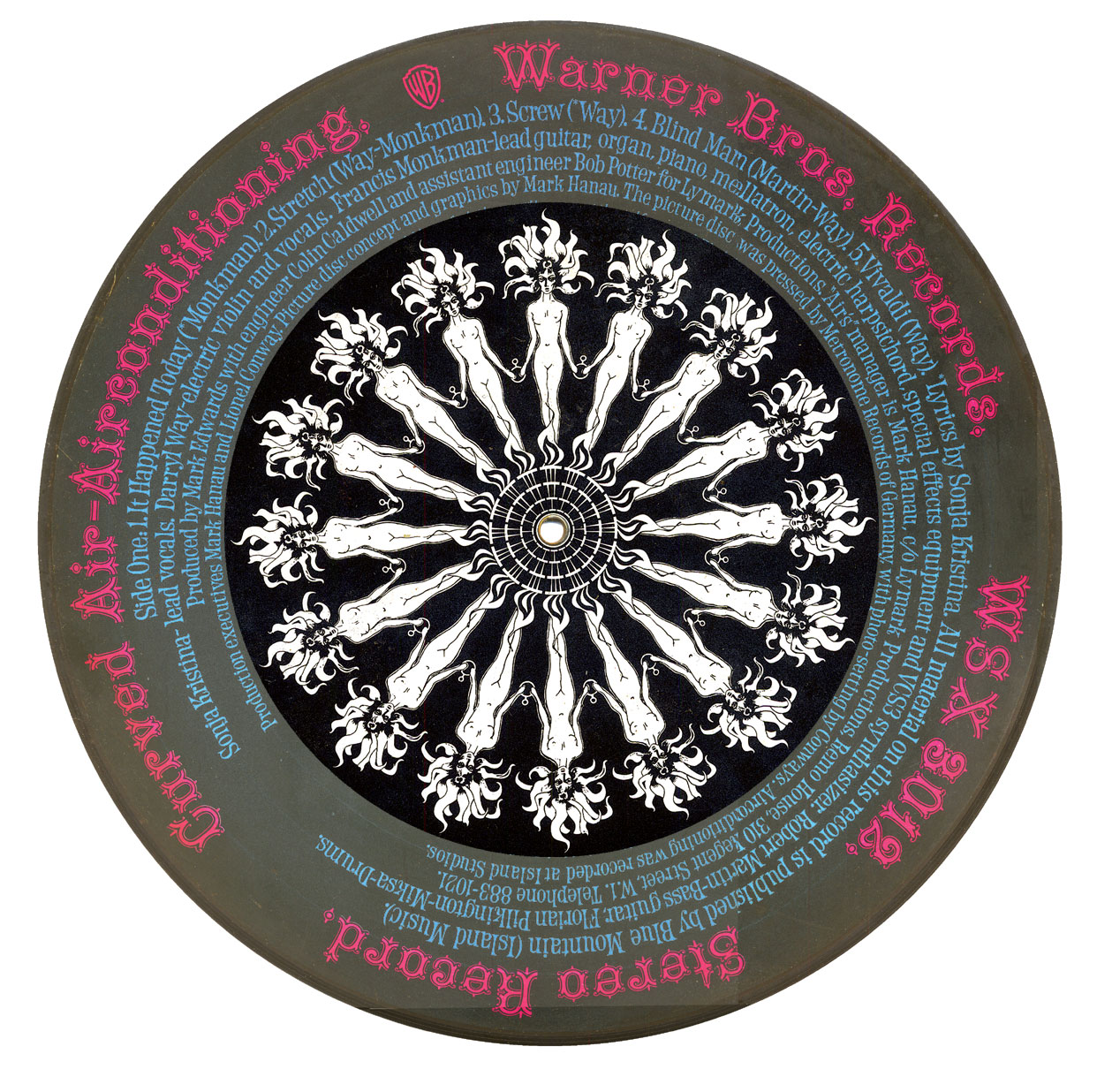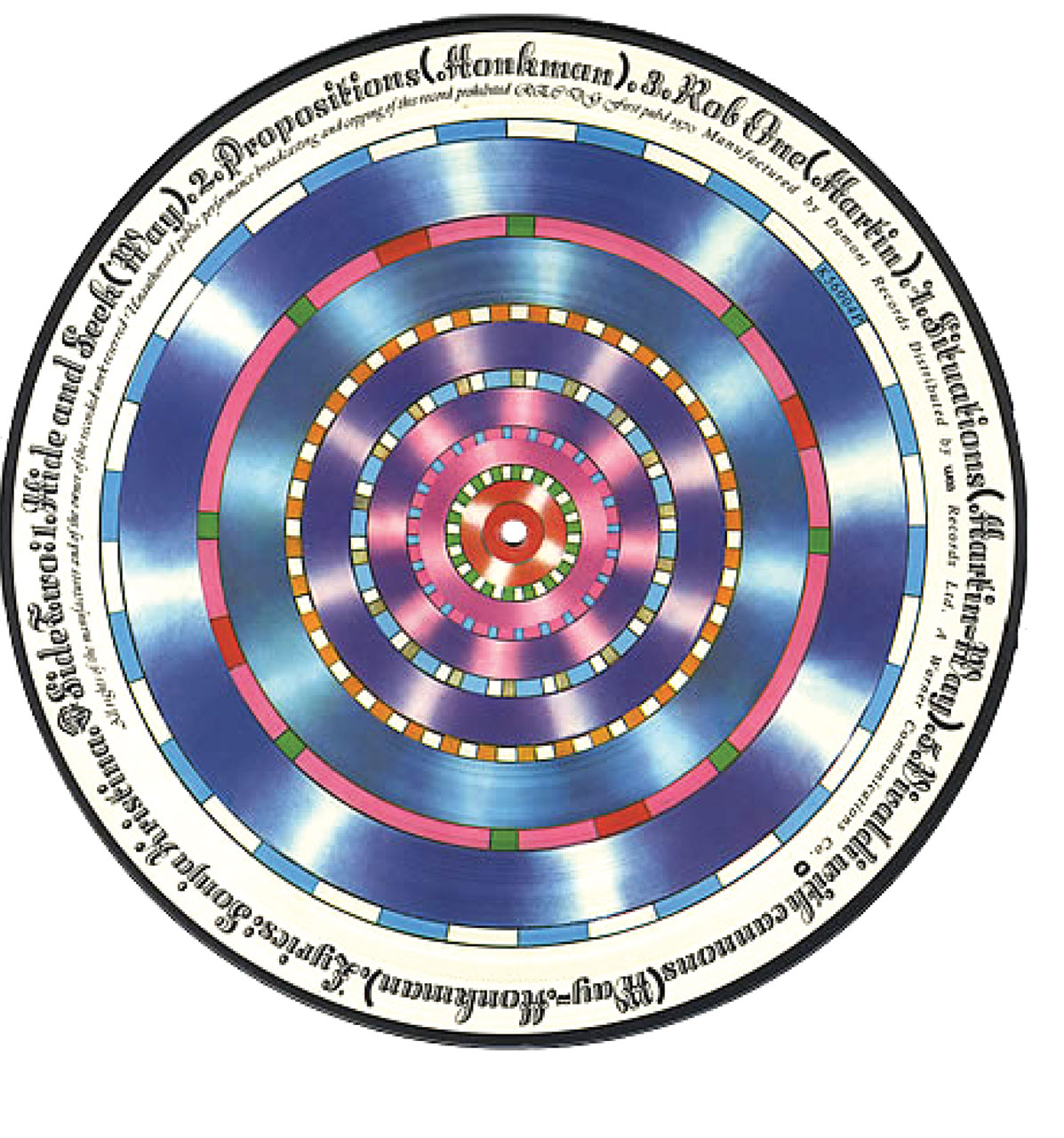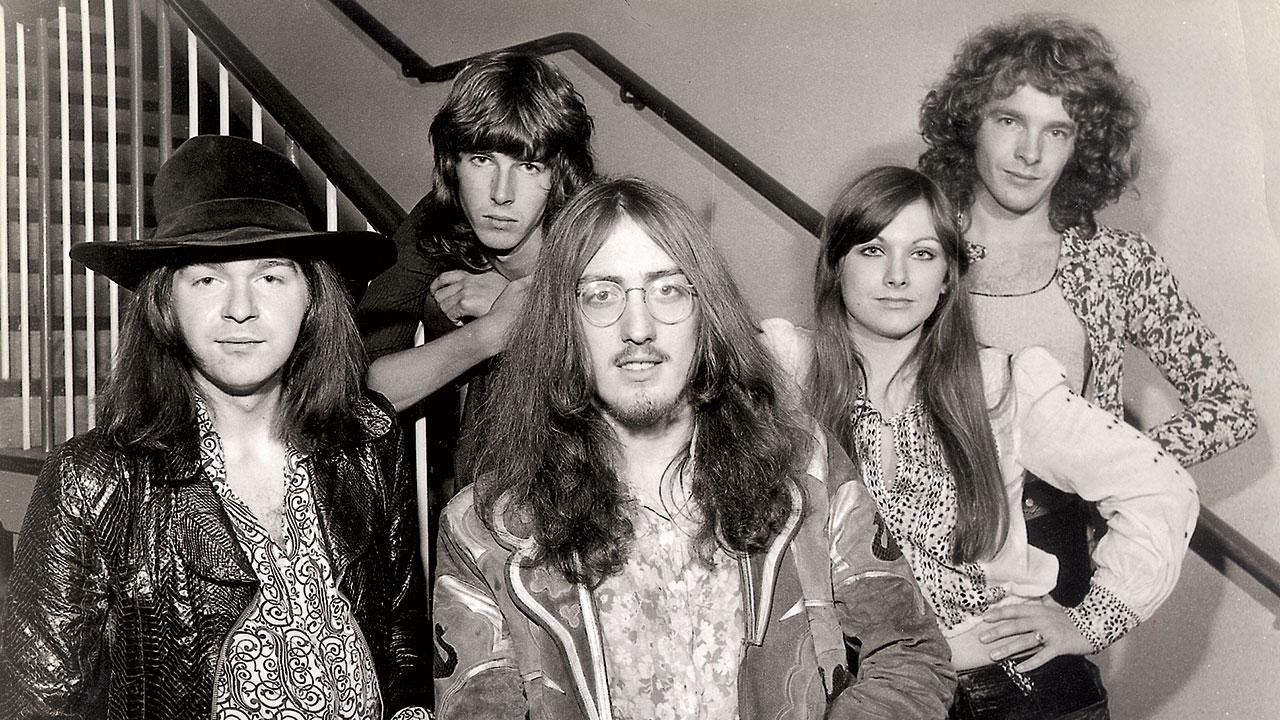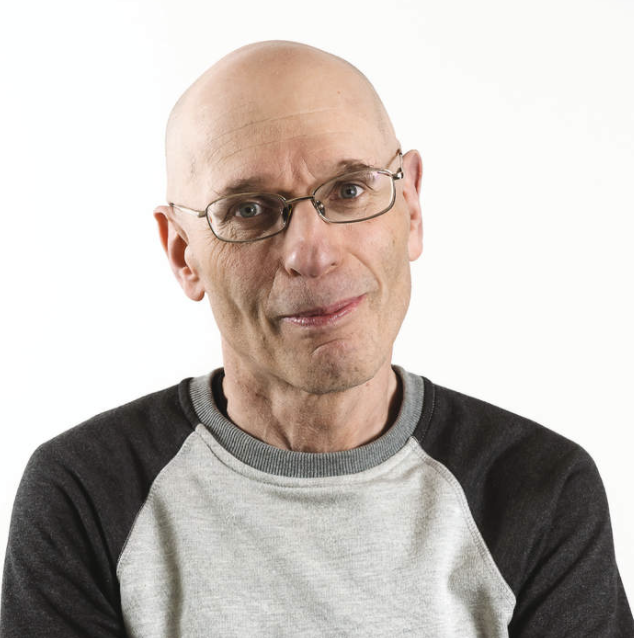In 2009, Curved Air vocalist Sonja Kristina looked back on the band’s 1970 debut album - which was the first picture disc to be released by a rock band.
Curved Air were different. Even in the early 1970s when being individual was the norm, this was one band that somehow stood apart from everyone. And vocalist Sonja Kristina believes she knows why.
“For a start, it was rare for any progressive band at the time to have a female singer,” she says. “It just didn’t seem to happen. And secondly, we combined rock music with innovation. By that I mean that Darryl [Way, violin/vocals] and Francis [Monkman, guitar/keyboards] were heavily into the sounds coming from the West Coast of America, and also people like Jimi Hendrix. You add an interest in the modern classical music scene back then, and you have Curved Air.
“I think all of this made us more accessible. I’m not knocking what bands like King Crimson and Yes were doing at all, but they could come over as being very precious.”
Kristina arrived after Way, Monkman, bassist Rob Martin and the gloriously named drummer Florian Pilkington-Miksa had already got together and were searching for the right singer. “I had been in a production of Hair for two years,” she recalls. “During that time I’d fallen pregnant and had my first child. But the only performance I missed in all that time was when I gave birth. I was managed by a chap called Roy Guest, who was very big on the folk scene. He got to hear about this group of musicians who were looking for a female singer.”
At first, things didn’t go completely smoothly. “One day, the guys decided that maybe they didn’t want a girl fronting the band after all. So there was this situation where they made me wait in another room while they all took turns trying to sing. After they’d all had a go, the boys came to the decision that, yes, I was needed. I suppose it was a little rude – however, once they’d realised I could do the job, then things were fine.”
Except for a moment with an unnamed member of the band. “I won’t tell you who it was, but he said to me that the music was the most important thing and that I had to fit in wherever I could – if I found it difficult to sing a tune in a certain key, then tough, I just had to deal with it. Oddly, this is someone I get on very well with!”
The next challenge for Kristina was to come up with suitable lyrics for music that had already been created by the others. But it was something she tackled with a real relish. “There were some tunes that were only half-formed, so I could help to mould them. Others just needed words. So I dug deep into my psyche to come up with the lines. But the music was so atmospheric, it really was a pleasure to do it.”
We were travelling up and down the country in a Transit van, taking turns to drive, even though only one of us had a licence!
At the time, the band lived together in one flat in Hampstead, North West London. It was to become a haven for artists and musicians. “That place was amazing. Apart from us, the cast of Hair were also in the building. And at different times you had members of Led Zeppelin, Hot Chocolate, Stone The Crows, America and Roy Harper in and out. Someone should put up a blue plaque there [87 Redington Road, if you’re keen to visit] – it was an incredible time.
“We were travelling up and down the country in a Transit van, taking turns to drive, even though only one of us had a licence! We had all the equipment stuffed in there, and played every club we could. It was important; it helped to really develop the songs for the first album.”
In 1970, Curved Air – now signed to Warner Bros via Lymark Productions, a company started by manager Mark Hanau – went into Island Studios in Basing Street, London, and recorded what was to become debut album Air Conditioning, released in November that year and initially presented under the title ‘Airconditioning.’ Kristina recalls the studio experience as extremely positive.
“It might have been because I was taking loads of psychedelics back then! But I remember it as a happy time. We were inexperienced still, and so was our producer Mark Edwards. But we got through it all. The important thing was that we captured the spirit and freshness of the band. We were really cooking, and it helped that all the songs had been worked out live. The studio itself was a huge room with a great vibe. I recall having to sing on a raised platform, just three feet from the ceiling. But it was all quick and orderly.”
The only problem was that Martin had injured his hand, which forced him to quit, leaving Curved Air without a bassist. “Ian Eyre was just about to join us, but he wasn’t in the studio, so Francis ended up playing all the bass parts.”
I really do believe that we went into the studio and got exactly what we wanted
The album reached Number 8 in the UK charts – the highest position the band were ever to enjoy. But it wasn’t just the music that captured people’s imagination. The artwork stood out in the record shop racks. “That was all the work of Mark Hanau,” Kristina affirms.
“He had been a photographer and was really creative. I remember that, as part of our live show at the time, we had a strobe light mounted on a spinning replica of the front cover album art; it had this amazing psychedelic effect. Especially if you were tripping, as a lot of people were at our gigs.”


Air Conditioning was also the first rock album to be released in a picture disc format – another idea from Hanau. “He had connections with a factory in Holland, who could manufacture this sort of thing, and got them to do it. I know that another British psychedelic band, Saturnalia, try to lay claim to being the first rock band to do something like that. But their album Magical Love came after ours [it was released in 1973].
“The problem with the picture disc was that it had the artwork under clear vinyl and it kept on picking up static, so the sound quality wasn’t as good as on black vinyl. But it was still a really good idea.”
Hanau and Curved Air soon parted, falling out on the band’s first US tour. “Things went wrong,” Kristina says, ”and when that happens you always blame the manager. So we fired him.”
She looks back on Air Conditioning with a huge degree of satisfaction: “It represented what we were all about at the time. I really do believe that we went into the studio and got exactly what we wanted.
“It was actually a really fine period to be in Curved Air. We were all getting along so well, and knew exactly where we were headed. I don’t think we ever had such a degree positivity on any of our other albums.”

